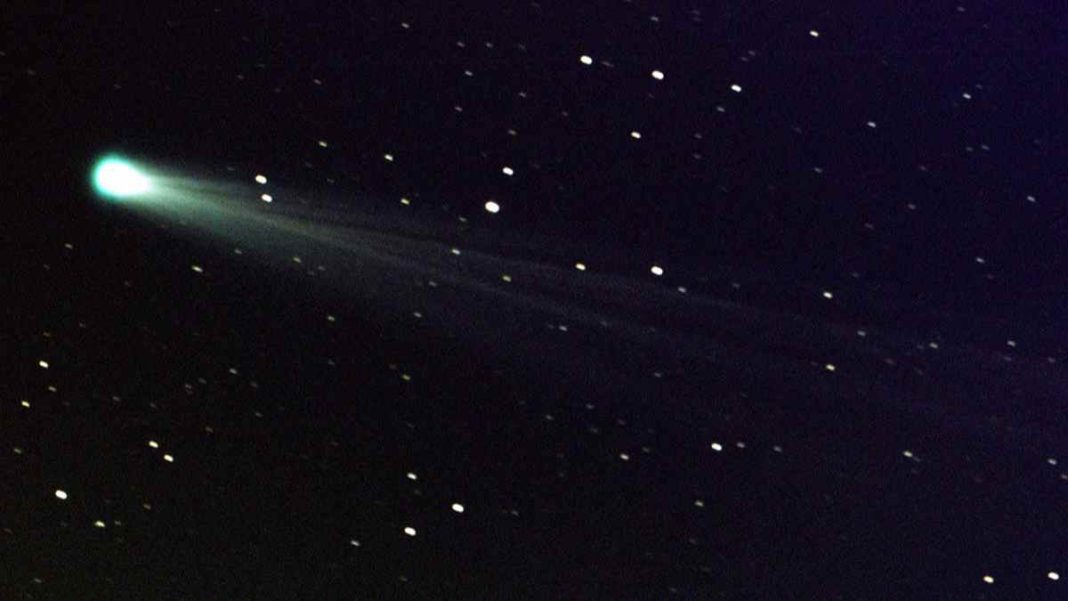UNITED STATES: Astronomy enthusiasts and stargazers worldwide are gearing up for a once-in-a-lifetime cosmic event set to unfold in just a few days. Comet Nishimura, also known as C/2023 P1, is poised to make an exceedingly rare appearance as it hurtles through our celestial neighborhood, offering a breathtaking spectacle that won’t be witnessed again for another four centuries.
Named in honor of the Japanese astronomer Hideo Nishimura, who made the landmark discovery on August 12th, this remarkable comet is scheduled to pass by Earth on September 12th, captivating skywatchers with its impressive size and undeniable brilliance.
Unlike many comets that require the aid of telescopes or binoculars, Nishimura will be visible to the naked eye, making it an accessible treat for all who look up at the night sky.
Initially spotted near the star Zeta Gemininorum in the Gemini constellation, Comet Nishimura has been journeying toward the inner solar system, setting the stage for a close encounter with the Sun in just 2 days. This pivotal moment, known as ‘perihelion,’ will mark the comet’s closest approach to our central star and provide a breathtaking view for observers on Earth.
Comet Nishimura’s discovery owes much to cutting-edge technology. A robotic camera equipped with artificial intelligence played a pivotal role in identifying this celestial traveler, using a highly efficient scanning mechanism capable of surveying an entire hemisphere simultaneously.
It pinpointed comets on trajectories that could intersect with our planet, alerting astronomers to this rare celestial visitor. As the world anticipates this unique event, experts suggest using binoculars or telescopes to enhance the viewing experience.
The prime time for observation will be during the early hours of the day, just before sunrise, especially for those in the Northern Hemisphere. To locate Comet Nishimura, one should look to the constellation Neo and then cast their gaze approximately 10 degrees above the horizon.
Italian astronomer Gianluca Masi, renowned for his work with the Virtual Telescope Project, described the comet as “amazing, with a long, highly structured tail,” heightening expectations for the grandeur of this cosmic display.
Also Read: GAO Audit Urges NASA Transparency on SLS Rocket Costs amidst Budget Concerns



